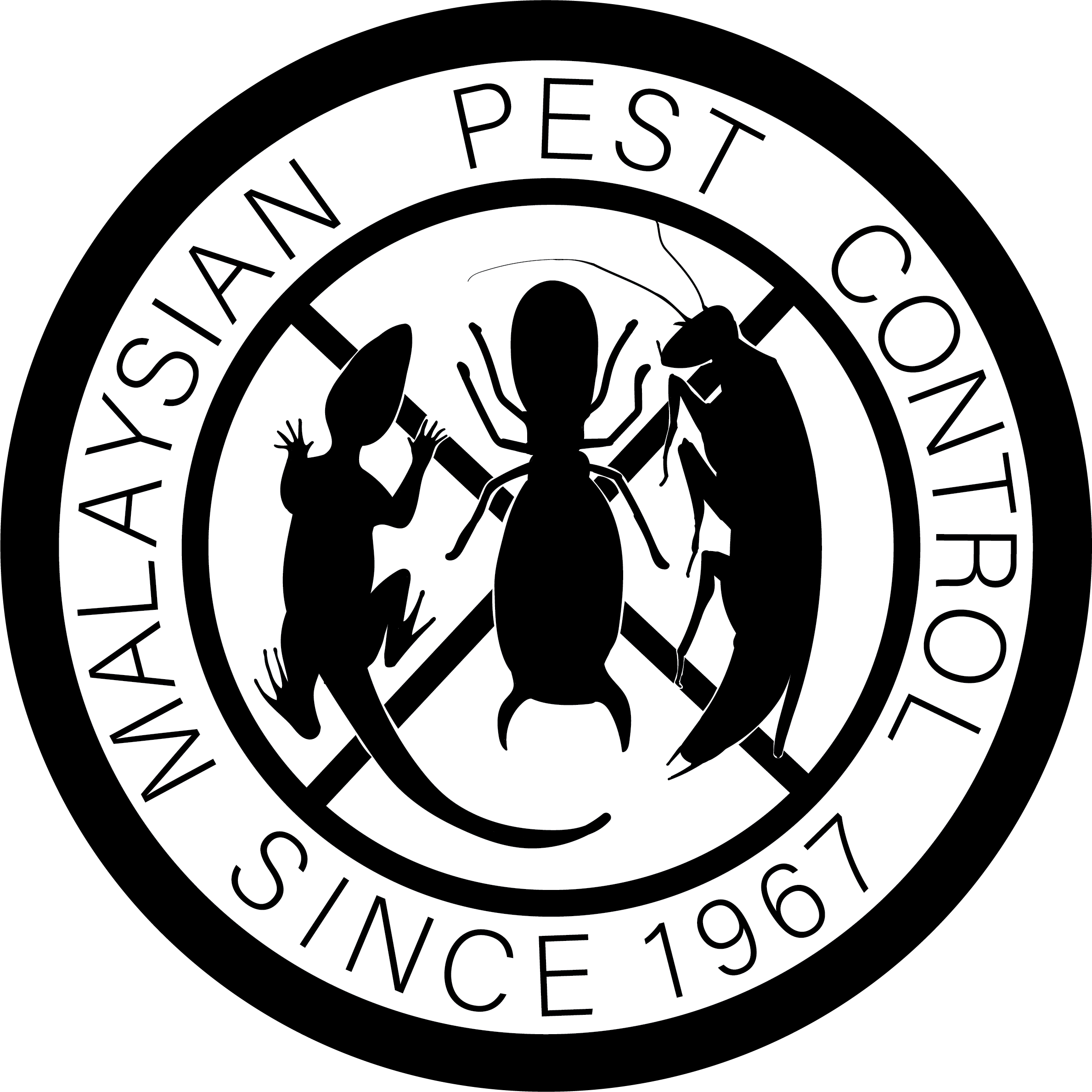Cockroach Control

Introduction
Cockroaches are among the most common pests in homes, businesses, and elsewhere across Malaysia. These resilient insects are not just a nuisance; they pose serious health risks to humans and pets. At Malaysian Pest Control, we specialize in effective cockroach control strategies tailored to Malaysia’s unique environment and the species that inhabit it.
Cockroaches, with their resilience and adaptability, have thrived on Earth for over 200 million years. Today, there are more than 4,000 cockroach..[Read More About Cockroaches here]
Common Cockroaches in Malaysia
Malaysia is home to several cockroach species, but three are particularly prevalent in urban and suburban areas. Understanding these common invaders is the first step in effective pest control.

American Cockroach (Periplaneta americana)
- Description: The American cockroach is one of the largest species found in homes, growing up to 3 inches in length. They have a reddish-brown color and can fly short distances.
- Habitat: Often found in sewers and drains, they enter homes in search of food and water.
German Cockroach (Blattella germanica)
- Description: Smaller than the American cockroach, German cockroaches are light brown and have two dark stripes on their back. They are about half an inch to ⅝ inches long.
- Habitat: This species prefers warm and humid environments, often infesting kitchens and bathrooms.
Why are cockroaches so hard to kill? Read more HERE
Cockroach Control
At Malaysian Pest Control, we offer comprehensive cockroach control solutions that are safe, effective, and environmentally friendly. Our expert team uses the latest techniques and products to eliminate cockroaches and prevent future infestations.
Bait
Baiting is a popular and effective method for controlling cockroach populations. This technique involves placing bait stations or gel bait in strategic locations where cockroaches are likely to find and consume them. The bait contains a slow-acting insecticide mixed with a food attractant, ensuring it is appealing to cockroaches. When cockroaches eat the bait, they return to their hiding places and die. Other cockroaches then feed on the dead, further spreading the insecticide within the colony. This method is particularly effective for reaching the nests and eliminating the population at its source.
Residual Spray
Residual sprays are insecticides that leave a lasting residue on surfaces where cockroaches are known to travel or hide. These sprays are applied to cracks, crevices, and other potential entry points around your property. The residual effect of the spray means that cockroaches coming into contact with the treated areas will be exposed to the insecticide over a period of time, leading to their elimination. Residual sprays are an important part of a comprehensive pest control strategy, offering ongoing protection against new infestations.
Sticky Pad Traps
Sticky pad traps, also known as glue traps, are a non-toxic method used to monitor and control cockroach populations. These traps consist of a sticky surface that captures cockroaches as they walk across it. Sticky pad traps are usually placed in areas where cockroach activity is suspected, such as under sinks, behind appliances, and along walls. While they are effective for capturing individual cockroaches and monitoring activity levels, they are best used in conjunction with other treatment methods for a more complete solution to an infestation.
Our Integrated Approach
At Malaysian Pest Control, we understand that effective cockroach control requires a comprehensive strategy. That’s why we combine bait, residual sprays, and sticky pad traps with a thorough inspection and customized treatment plan. Our integrated approach ensures not only the elimination of current infestations but also the prevention of future ones.
Danger of Cockroaches
Cockroaches are not just a nuisance but a health hazard, carrying viruses, bacteria, and allergens that can cause serious illnesses.
Disease Transmission
Cockroaches can spread various diseases, including salmonella, cholera, E. coli, and typhoid fever. They pick up pathogens from decaying matter or sewage and transfer them to food surfaces and utensils.
Allergies and Asthma
Cockroach droppings, saliva, and shed body parts contain allergens that can trigger allergic reactions and asthma attacks, especially in children. Find out more HERE
Contamination
Cockroaches contaminate food and surfaces with their droppings and body parts. Eating contaminated food can lead to food poisoning and other health issues.





